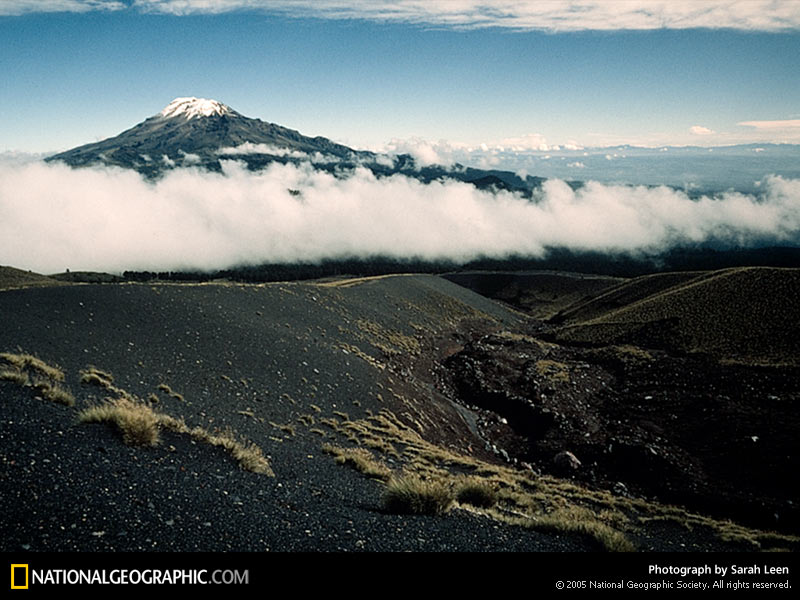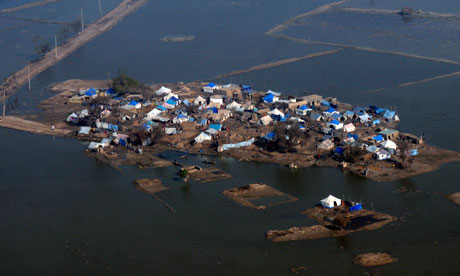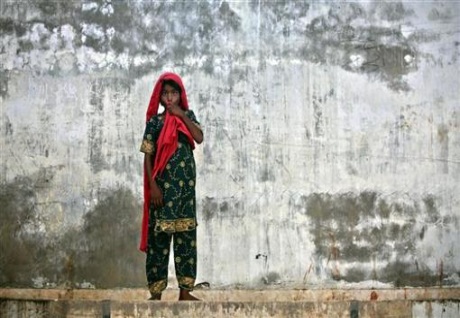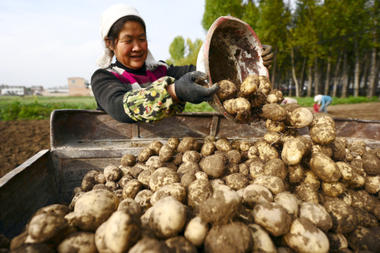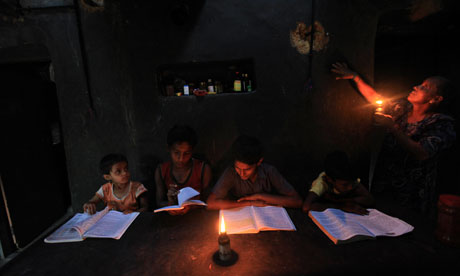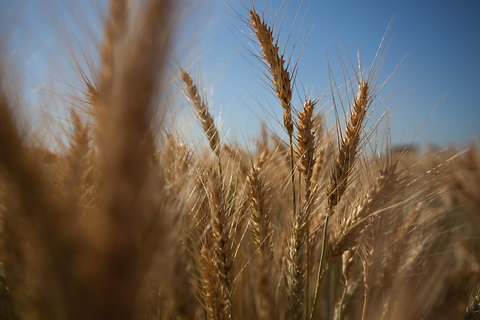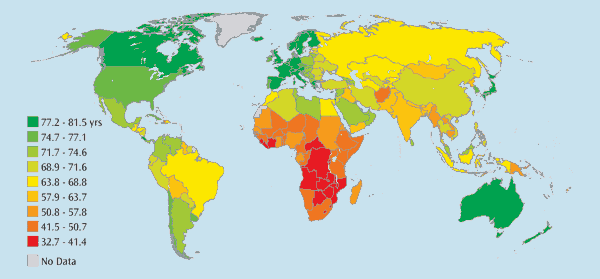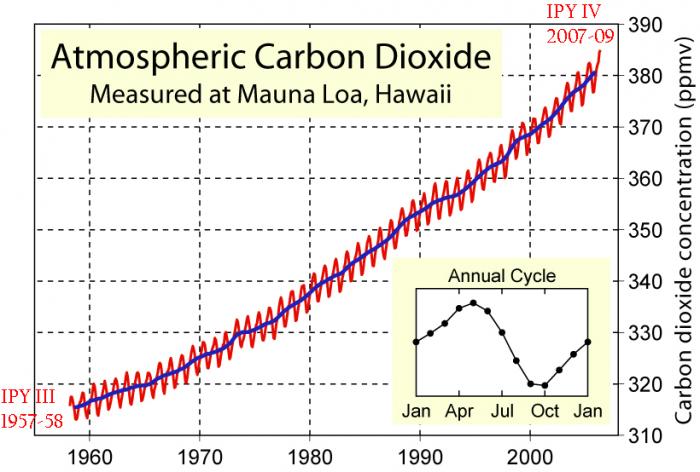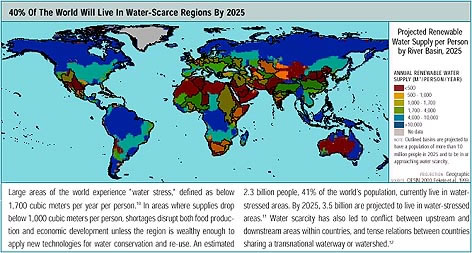Global
Submitted by ward on
Climate change could trap hundreds of millions in disaster areas, report claims
Submitted by ward on
Scarce resources, climate biggest threats to world health
Submitted by ward on
The world can feed itself without ruining the planet, study says
Submitted by ward on
We must make up ground in the fight against desertification
Submitted by ward on
$48bn a year would provide electricity to the poor, report says
Submitted by ward on
Deep Thinking About the Future of Food
Submitted by ward on
World Life Expectancy
Submitted by pmd on
Atmospheric Carbon Dioxide
Submitted by pmd on
Projected Renewable Water Supply per Person by River Basin 2025
Submitted by pmd on



